Processed meats such as hot dogs, ham, devon, bacon and salami contain many proven cancer-causing compounds. This has been known for many years. Being favourite foods that some feel they can’t do without, I wanted to explain further what is so bad about them, in the hope that some readers may decide to put them aside for good.
This is a story about nitrates, nitrites, nitric oxide and nitrosamines – which all seem quite confusing to most people. But once you see the journey they go on, it’s easy to understand why bacon really is just as bad as you have heard – and no amount of low-carb propaganda will change your mind.
Nitrates and nitrites
Nitrates are naturally occurring substances in plant foods. They convert to nitrites when you eat vegetables; bacteria on the tongue ferment the natural nitrates into nitrites in a chemical reaction.
- A nitrate is made up of 3 oxygen atoms (and one nitrogen atom). When it is fermented by the bacteria, it loses one oxygen atom, leaving
- 2 oxygen atoms (and one nitrogen atom). This is what a nitrite is.
Nitrate = O + O + O + N
Nitrite = O + O + N
(For chemistry lovers – Where does the lost oxygen atom go? It combines with something else to make a new chemical. For instance, it could bond with 2 hydrogen atoms (H) which are everywhere in the body, to make H2O – or water – and then we’d swallow it. This is how great biochemistry is! It’s just simple algebra. Our body is a big chemical factory and this is how things work.)
These nitrates are harmless in plants. They are not carcinogenic. In fact, the plants highest in nitrates, rocket, kale and collard greens (not available for sale in Australia), are associated with a significantly reduced risk for some cancers. Other good nitrate sources are celery and beetroot.
The main point about this conversion of natural plant nitrates into nitrites is that they are harmless substances in themselves –
BUT
We need them – to make an extremely valuable chemical.
About nitric oxide
During digestion, a further oxygen atom is lost from the 2-oxygen nitrite – to make 1-oxygen-atom nitric oxide.
Nitric oxide is vital because it sends a message to our arterial walls to relax so blood can flow freely. This protects us from high blood pressure, heart disease and strokes.
High nitrate foods like beetroot juice can reduce blood pressure in a matter of hours. Because this simple chemical conversion quickly breaks the nitrites down into nitric oxide – you have a plant chemical that can be as effective as taking a drug, under the right conditions (see below).
If you are not eating enough nitrate-rich foods, you can take beetroot juice powder, like <this>. [If you are already on blood pressure medication, work with your doctor on this so you don’t become light-headed and faint as your blood pressure drops.]
Nitrate-rich plant foods are also used as performance-enhancing foods for sports. They increase endurance times as well as cause less oxygen to be needed during intense exercise.

Nitrites, that came from the breakdown of the high nitrate plants, have so much nutrition in them that they are considered antioxidants with antimicrobial properties. Nitrites are added to cured meats in order to prevent the growth of the botulism bacteria. This bacteria causes paralysis. These nitrites make the meat salty and ‘fix’ the colour in the meat, keeping it pink. That’s why ham and bacon are pink meats, whereas pork that they came from is white meat.
Further, nitric oxide (as a gas) is a useful treatment for COVID-19 and is being used extensively in India, as <this article> shows, both for improving the condition of the patient as well as containing the spread of the virus.
Can I stop the good nitric oxide from forming?
Yes, you can.
The conversion process of nitrates into nitric oxide can be halted – by eating high saturated fat foods. These foods like all fatty meats, coconut oil, butter and cheese stop the conversion of nitrite to nitric oxide.
This is one reason why saturated fat causes heart disease.
If you are eating meat more than once a day, for instance, and drinking high-fat dairy and eating a lot of cheese, you are limiting the benefits of any of the healthy plant foods you may have eaten. The conversion into this blood-pressure-lowering substance cannot happen.
What is the problem with nitrites then?
When nitrates are added to a product that contains a lot of amino acids (such as a high protein food like meat), or heated up separately from the plant they came with, they convert to a different chemical – to nitrosamines.
This conversion can occur in one of three places:
- in the meat itself (a product high in amino acids), through the salting, pickling or smoking processes of producing cured meats.
- it can happen in your stomach along with the meat you’ve eaten, or
- in a burning cigarette.
These new compounds are so carcinogenic that the American Institute for Cancer Research said in 2011 that we should not just cut back on eating these processed meats, but actually “AVOID …. ham, bacon, salami, hot dogs and sausage*”. Even the smell of sizzling bacon damages lung-DNA.
All fresh meat – beef, chicken and pork – contains some nitrosamines – but not as much as processed meats like sausage, and particularly hot dogs.
(*Note: this ‘sausage’ is not the type where the butcher minces fresh meat and adds binders like rice flour and seasonings; these are the cured sausages that you see hanging in windows of delicatessens.)
Meat-eaters can lessen nitrosamines exposure by cooking bacon at lower temperatures and never eating burnt bacon – the higher the temperatures, the more nitrosamines.
What about plant protein?
Why do the nitrites in plant foods not become nitrosamines when they are cooked at high heats? Because plant foods are not only comparatively lower in protein than animal foods but are also higher in Vitamin C and anti-oxidants. These block the formation of nitrosamines in the body.
Today, many processed meat manufacturers add Vitamin C to their cured meats to minimise the development of these toxic substances. This is an improvement over the ham and bacon of 40 years ago, but it does not remove all of these dangerous compounds.
‘Nitrite-free’ meats are also available today. However, since these carry such a significant risk of botulism, they actually contain nitrate-rich celery salt or celery juice by law. As expected, once these nitrates contact the amino acid-rich meat, nitrosamines form – and often in larger quantities than with the usual nitrate treatment.
Don’t be deceived by “nitrite-free” labels!
Nitrosamines in cigarettes
Lighting a cigarette causes the conversion of the nitrates in the tobacco into these carcinogenic nitrosamines.
This is harmful for 3 groups of people:
- the smoker
- the person who is with the smoker (passive smoking)
- the person who smelled the smoke on the smoker’s clothes, in the hotel room curtains, on the taxi upholstery (third hand smoke)
Residual smoke sticks to walls and fabrics. Over 80% of these nitrosamines remain in an enclosed space after the smoker has left the area. Smoking indoors endangers others – because of the power of these nitrosamines to cause cancer. Nitrosamines are so dangerous, it is with good reason that cigarette smoking is banned from many public places now.
Nitrosamines’ last stand
There is one place, however, that nitrosamines are not banned –
MEAT
One hot dog (or ‘battered sav’) contains as many nitrosamines as four cigarettes.
Would you let your child smoke 4 cigarettes at a birthday party?
Of course not?
But they are at much higher risk of certain cancers by eating a hot dog at the show.
When my children were little, butchers used to hand children a free mini hot dog (frankfurt) while I was selecting meat (back in the day when I ate meat). Typical children’s party food includes mini-hot dogs dipped in tomato sauce.
The cancers caused by these processed meats are kidney and stomach cancers in adults, brain tumours and childhood leukaemia in children. Even as cigarette smoking rates have dropped in the West in the last few decades, these cancer rates have risen – most likely due to meat consumption having increased overall.
Most Australians are still eating luncheon meats on grazing platters and putting them in their children’s school lunches.
Now you know all about nitrates, nitrites, nitric oxide and nitrosamines
Don’t fear nitrates and their chemical ‘child’, nitrites – these are beneficial plant chemicals, necessary substances for cardiovascular health. Once they turn into nitric oxide, they are great health promoters.
The problem is only with the nitrosamines they convert to when heated, as in a cigarette, or when added to processed meats. These are the proven carcinogens – which we should all avoid and keep out of our homes.
If there is one food-‘group’ I recommend every person avoid, it is these processed meats. They are ALL bad – the ham, the bacon, as well as hot dogs and all the sliced luncheon meats.
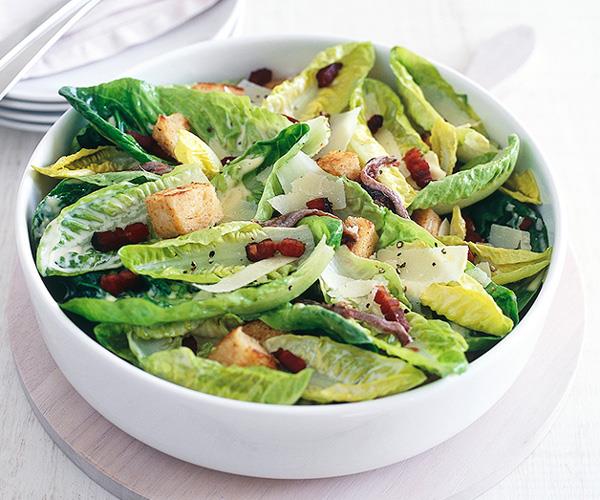
The Caesar salads are the worst salad you can have – with all the bacon and creamy sauces, and then the cheese – high in saturated fat – to make sure you don’t get any nitric oxide benefits from the green leaves.
But you can make an amazing vegan Caesar salad that’s very close in flavour (click <here> for the recipe). You’ll notice there’s no bacon in it!
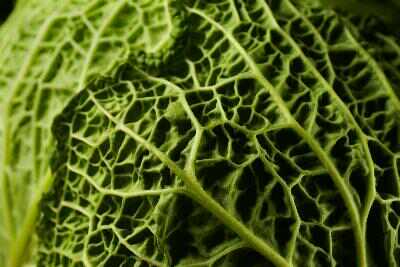
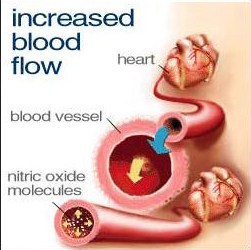

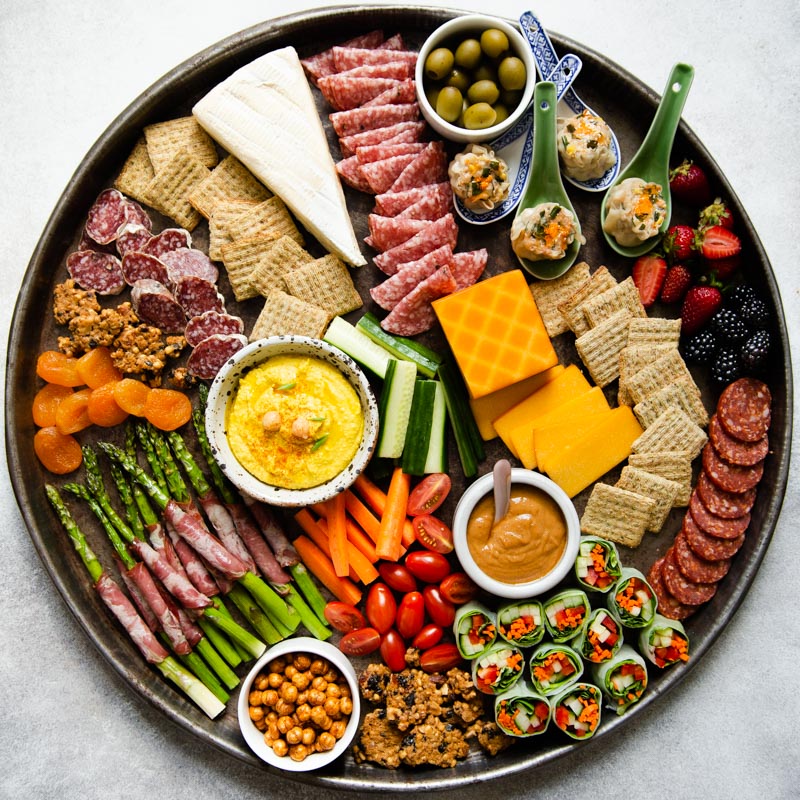

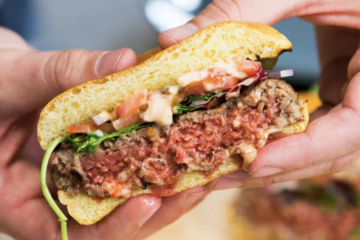
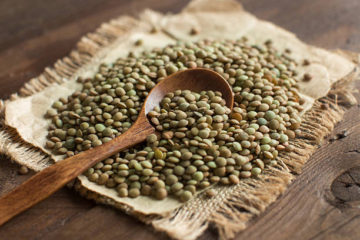
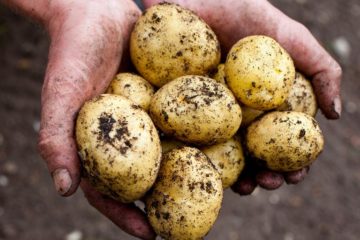
0 Comments